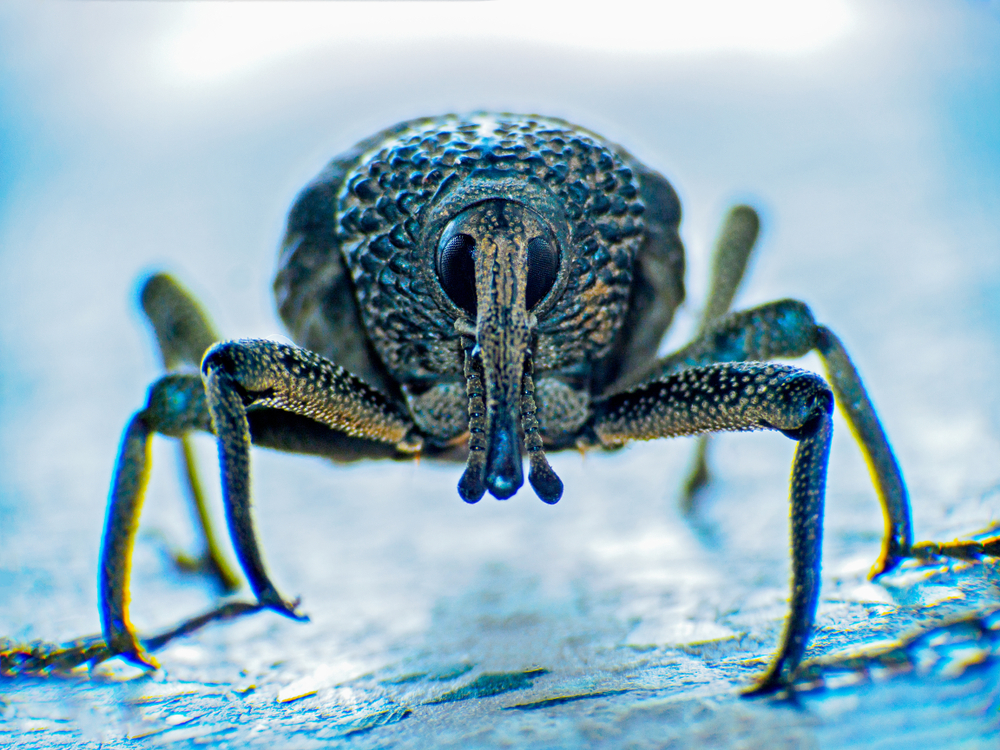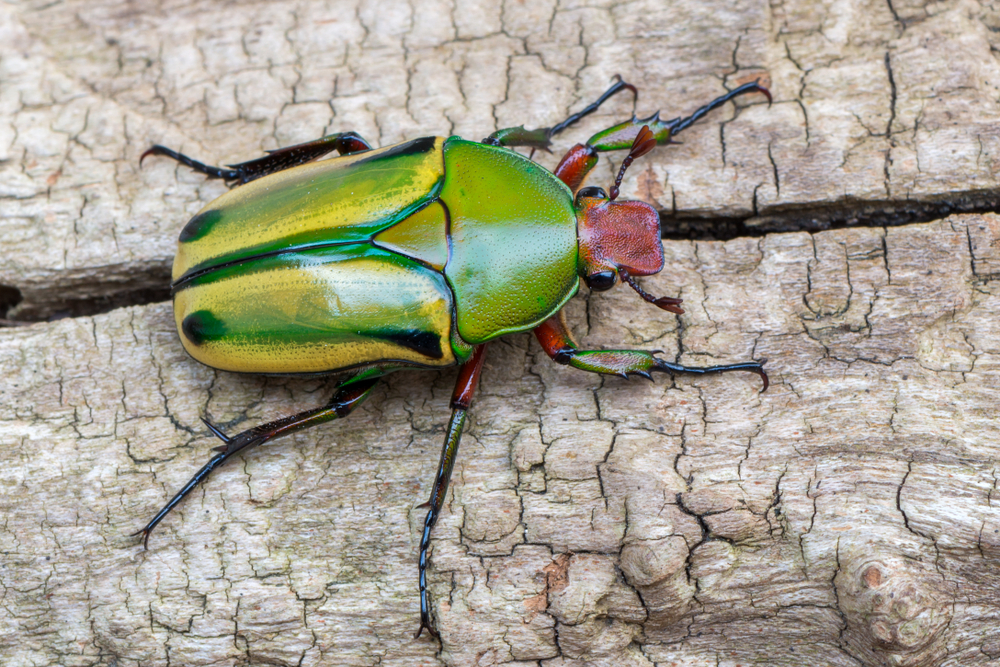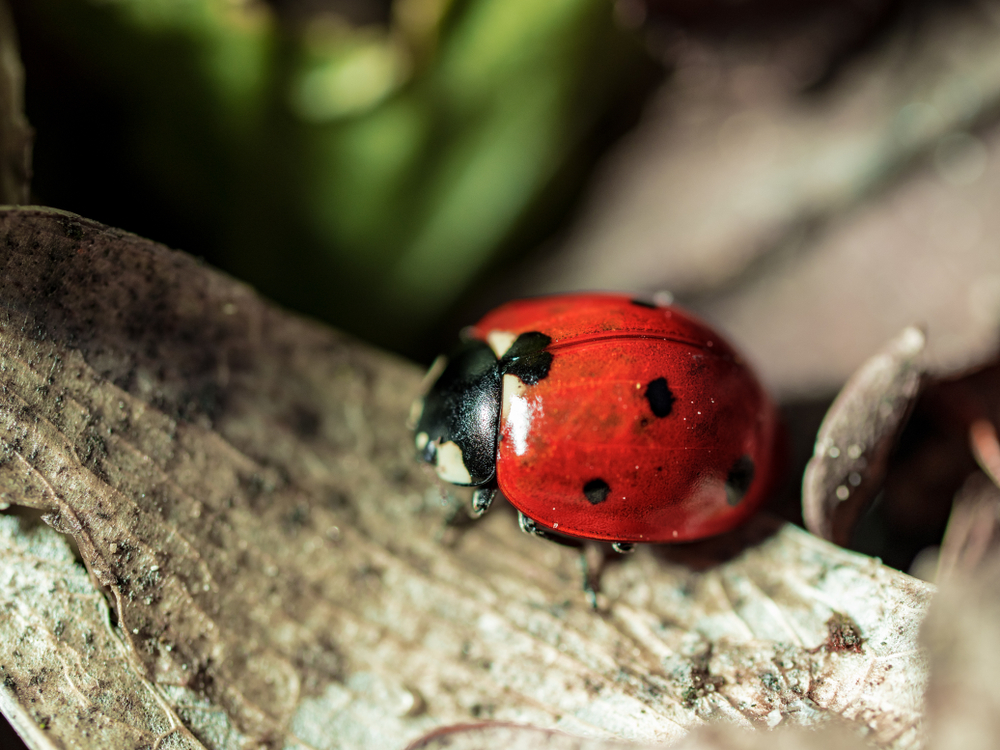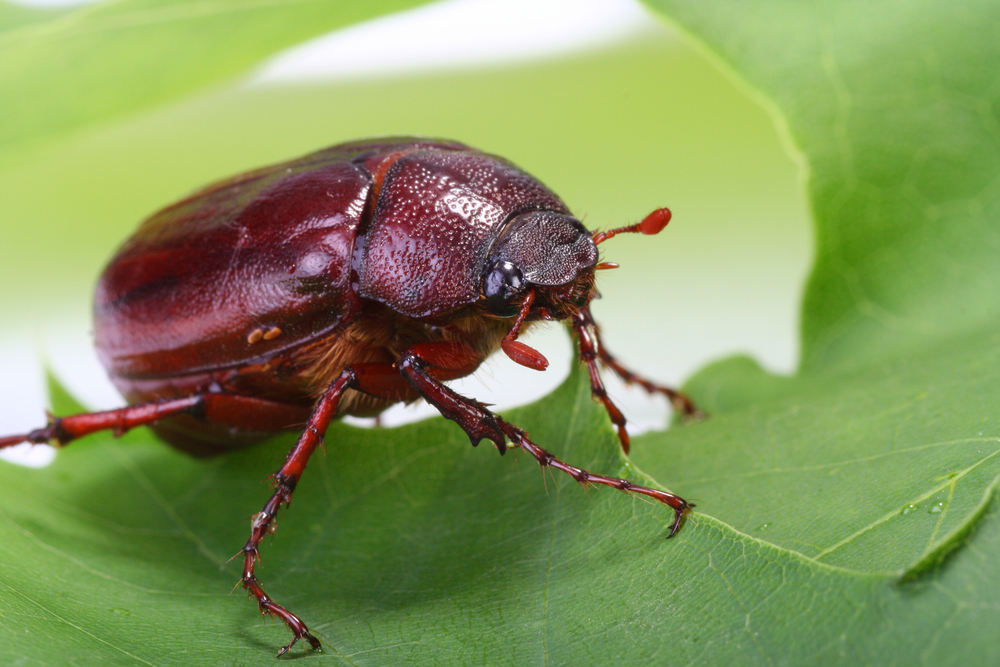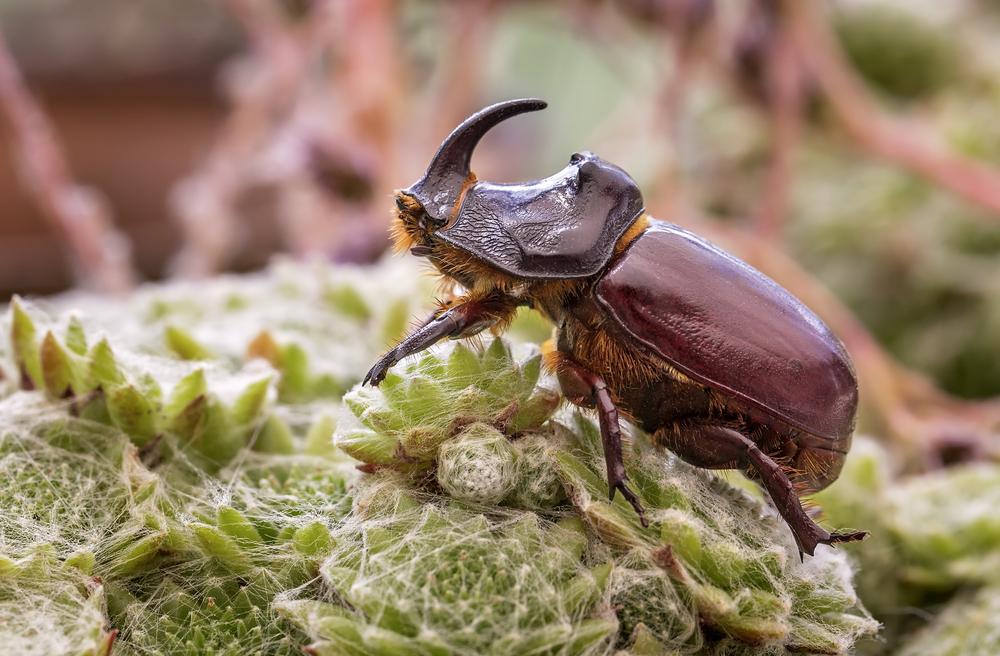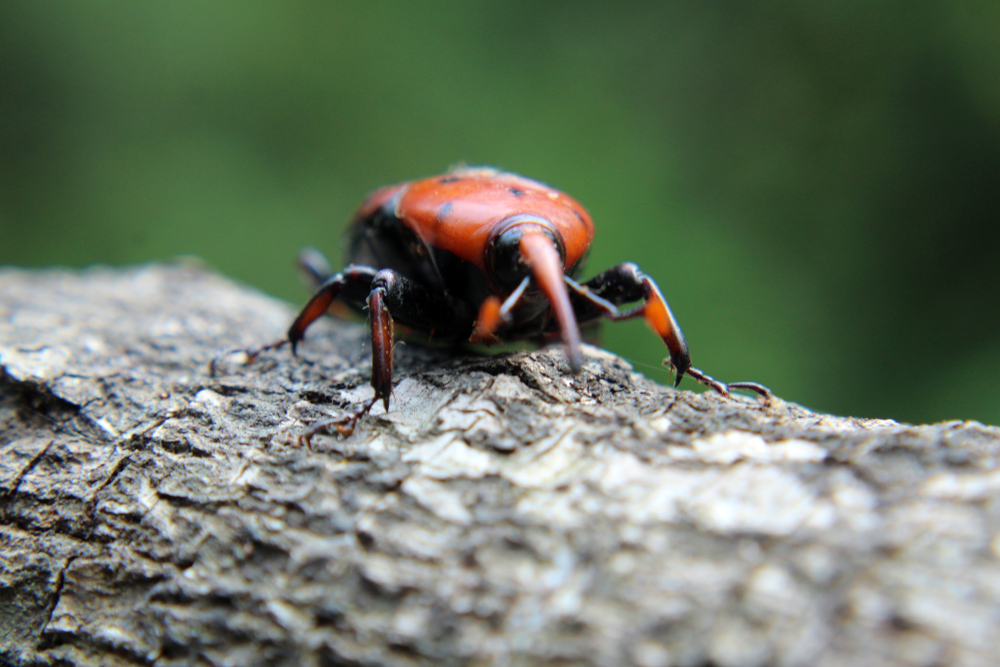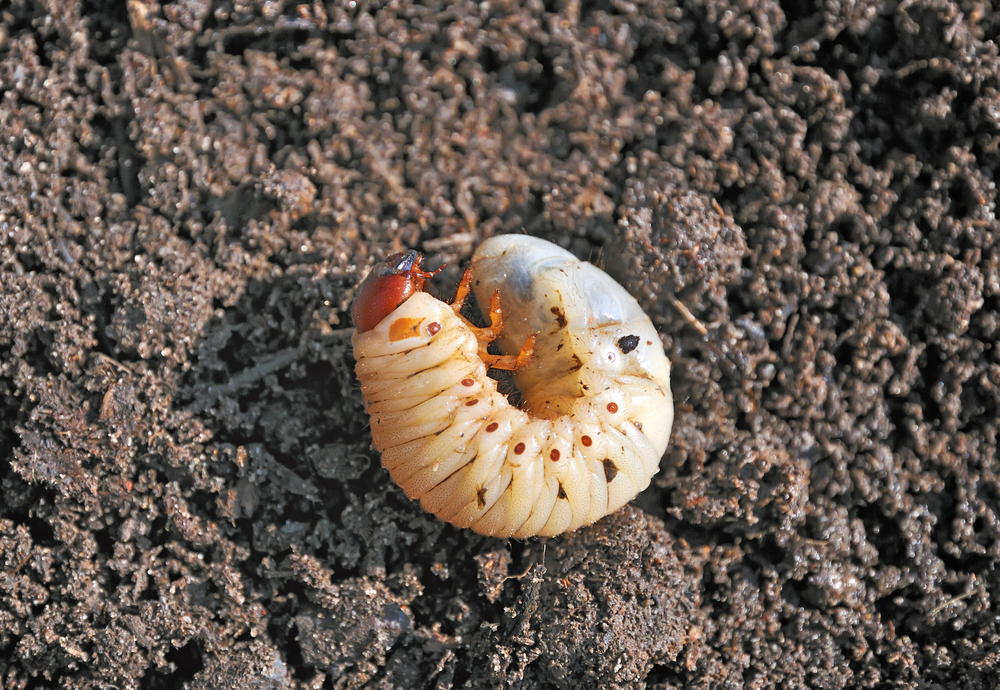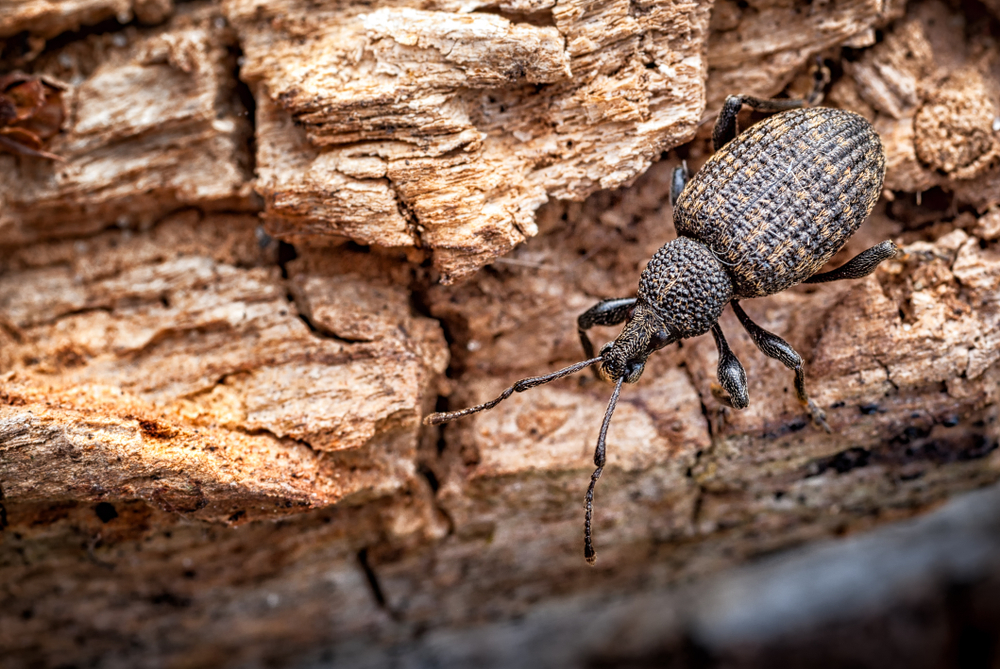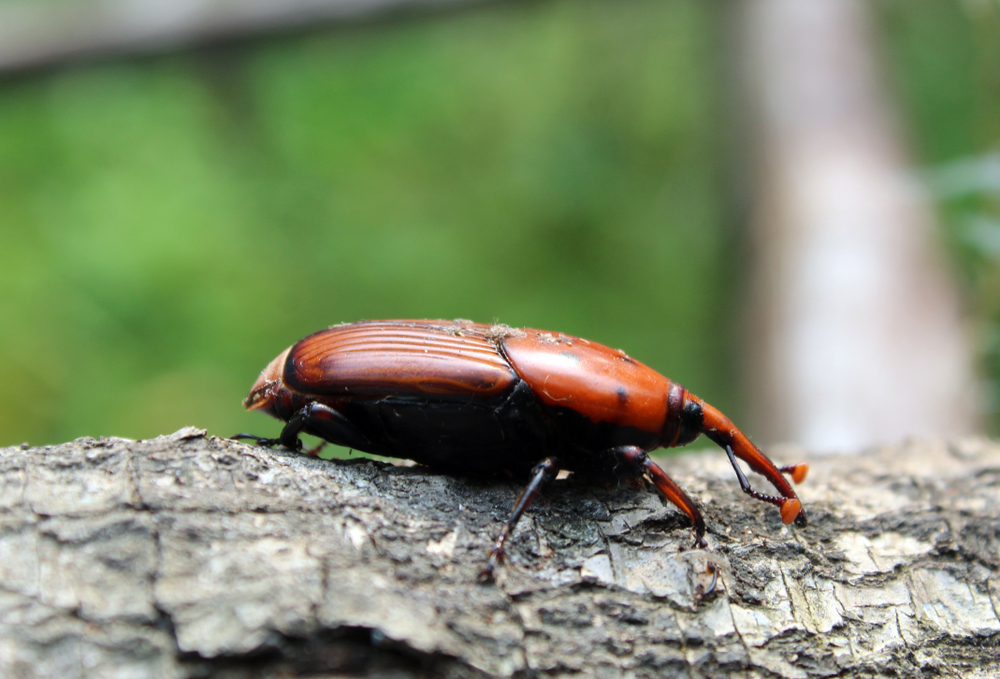There are approximately 60,000 to 70,000 known species of weevils (family Curculionidae), making it one of the largest families of beetles and one of the most diverse groups of organisms on Earth.
About
The Weevil is a diverse and widespread group of beetles known for their distinctive snout or elongated nose, which houses their mouthparts. Belonging to the superfamily Curculionoidea within the order Coleoptera, the largest order in the Animal Kingdom, weevils represent one of the most extensive beetle groups, with over 60,000 species identified worldwide. Their presence is felt across various habitats, from forests and fields to human food storage, showcasing their adaptability and ecological significance.
Characterized by their compact, oval-shaped bodies and their unique snout, weevils are easily distinguishable from other beetle species. The snout varies in length and is used for feeding and, in some species, for boring into plants or seeds. Weevils typically have a hard exoskeleton, and their size, color, and texture can vary significantly among species, reflecting their diversity and the range of environments they inhabit.
Weevils undergo complete metamorphosis, transitioning from egg to larva to pupa and finally to the adult stage. Many weevils are known as pests, particularly in agriculture, due to their feeding habits on crops and stored grains. However, their widespread presence and the roles they play in various ecosystems, from pollination to decomposition, underline their importance in the natural world and their influence on human activities. The weevil’s unique appearance, diverse lifestyle, and ecological impact make it a notable and intriguing group within the Animal Kingdom.
Physical Characteristics
Weevils are best recognized for their distinctive physical appearance, notably characterized by their elongated snouts or rostrums, which set them apart from other beetle species. This snout is not just a defining feature but also functionally important, as it houses the weevil’s mouthparts. Weevils have compact, oval or cylindrical bodies and are often well-camouflaged with their environment, displaying colors that typically range from black and brown to more vibrant hues in some species. Their size, color, and texture can vary significantly, reflecting the immense diversity within the weevil superfamily.
Physical characteristics of weevils, including size and weight, can vary among different species within the superfamily Curculionoidea, but they generally share common traits:
- Size:
- Length: Weevils range widely in size. They can be as small as 0.04 inches (1 mm) and as large as 1.5 inches (38 mm) in length, with most species measuring between 0.12 to 0.4 inches (3 to 10 mm).
- Width and Height: Their width and height are proportionate to their length, contributing to their compact and sometimes cylindrical body shape.
- Weight:
- Weevils are lightweight, typical for insects of their size. They usually weigh just a few milligrams (a fraction of an ounce), making precise measurement challenging outside of a scientific setting.
The unique elongated snout, compact body, and often cryptic coloration make weevils a subject of interest in both entomology and agriculture. Despite their small size, they have a significant impact on their ecosystems and human industries, particularly in agriculture where some species are considered major pests.
Reproduction
Weevils have a reproductive cycle that is closely linked to their ecological niche and the availability of food sources, primarily plant material. Here’s an overview of their reproductive process:
- Mating: Adult weevils typically mate in or near food sources. Many species have specific mating rituals, and in some cases, the male weevils use their snouts during courtship.
- Egg-Laying: After mating, female weevils lay eggs. The location and method of egg-laying vary among species. Some weevils insert their eggs into plant tissue using their snout, while others lay eggs in soil, inside stored grains, or in other protected locations. The female’s snout is often crucial in preparing the site for the eggs.
- Gestation Period: The gestation period, or the time it takes for the eggs to hatch, is relatively short, usually ranging from a few days to a few weeks, depending on the species and environmental conditions.
- Larval Stage: The larvae, often grub-like and legless, feed on the surrounding food source provided by the parent, whether it’s inside a plant, seed, or grain. This larval stage is crucial for growth and can last from a few weeks to several months, depending on the food availability and species.
- Pupation: After reaching a certain size and development stage, the larvae pupate, transforming into adults. The pupal stage usually takes place in a protected environment, like within a plant or in the soil, and can last several weeks.
- Emergence of Adults: Adults emerge from the pupal stage, ready to mate and continue the cycle. The adult stage is typically the most mobile, with weevils often seeking out new food sources and mates.
The number of eggs laid by a female weevil can vary widely but is often quite large, ranging from dozens to hundreds, depending on the species and environmental conditions. Despite the large number of eggs laid, not all will survive to adulthood due to factors like predation, competition, and environmental conditions. The reproductive cycle of weevils, particularly their larval stage, has a significant impact on their environment and is one reason why some weevil species are considered pests in agriculture and forestry.
Lifespan
The lifespan of weevils can vary significantly among species and is influenced by environmental conditions, food availability, and other ecological factors.
Lifespan
- In the Wild:
- Egg Stage: Lasts a few days to a few weeks until hatching.
- Larval Stage: This is a variable period, often lasting from a few weeks to several months, during which the larvae feed and grow.
- Pupal Stage: Lasts several weeks, during which the larva transforms into an adult.
- Adult Stage: Adult weevils can live from a few months to over a year, depending on the species and environmental conditions. The adult stage is when weevils are most active in terms of feeding, mating, and, for females, laying eggs.
- In Captivity:
- Weevils may have a similar or slightly extended lifespan in captivity, given optimal conditions of temperature, humidity, and a steady food supply. The absence of predators and controlled conditions can ensure more larvae reach adulthood and live to their full potential.
Biggest Threats
- Predators: Weevils, especially in the larval and pupal stages, are preyed upon by a variety of animals, including birds, mammals, and other insects.
- Pesticides: In agricultural settings, chemical treatments used to control weevil populations can also pose a threat to their survival.
- Environmental Changes: Alterations in habitat, such as deforestation, changes in farming practices, or urban development, can reduce the availability of suitable food sources and breeding grounds for weevils.
- Climate Change: Changes in temperature and weather patterns can affect the life cycle and distribution of weevils, potentially altering their breeding and feeding behaviors.
- Competition and Food Availability: In some environments, competition for food resources can be intense, and limited availability can affect weevil development and survival.
Despite these threats, weevils are a highly successful group of insects, with some species adapted to living in close association with humans and others thriving in wild environments. Their ability to exploit a wide range of food sources, from plant material to stored grains, contributes to their widespread presence and ecological significance.
Eating Habits
Weevils are predominantly herbivorous and are known for their specialized feeding habits, often associated with particular types of plant materials. The diet and method of gathering food can vary significantly among the different weevil species:
- Plant Feeders:
- Many weevils feed on living plants, consuming leaves, stems, seeds, or roots. Some are quite specific about the plant species they feed on, while others have a broader range of host plants.
- Seed-eating weevils, such as the rice weevil and the maize weevil, are known to bore into grains, making them significant pests in stored grain.
- Wood and Bark Feeders:
- Some weevil species, particularly those in the subfamily Scolytinae, are known as bark beetles. They bore into trees, feeding on the bark and even the wood. These weevils can be serious pests in forests and woodlands.
- Gathering Food:
- Weevils use their distinctive snouts to feed and, in some cases, to bore into plant materials. The snout is not only an identifying feature but also an important tool for feeding and oviposition (egg laying).
- Larval weevils, which often have a different diet from adults, typically feed on the inside of plants, seeds, or roots, depending on the species. They are usually less mobile than adults and remain within or near their food source.
The feeding habits of weevils make them important ecological players, contributing to the decomposition of plant material and nutrient cycling. However, their diet also makes some species significant agricultural pests, capable of causing extensive damage to crops and stored food products. Understanding the specific feeding habits and life cycle of weevil species is crucial for managing their populations in agricultural and natural settings.
Uniqueness
Weevils are unique and intriguing insects, distinguished by several distinct features and behaviors:
- Distinctive Snout: Weevils are most notably characterized by their elongated snouts or rostrums, which set them apart from other beetles. The snout houses the mouthparts and is used not only for feeding but also for boring into plant material in many species.
- Specialized Diet: Many weevils have highly specialized diets, with some feeding exclusively on certain plants, seeds, or even specific parts of a plant. This specialization often leads to intricate relationships with their host plants.
- Diversity of Species: The superfamily Curculionoidea, to which weevils belong, is one of the largest groups within the beetle order, encompassing over 60,000 species. This diversity reflects their adaptability and the wide range of ecological niches they occupy.
- Impact on Agriculture: Some weevil species are notorious agricultural pests, known for damaging crops and stored products. The boll weevil, for example, feeds on cotton buds and flowers, while the rice weevil and maize weevil attack stored grains.
- Ecological Role: Despite the destructive nature of some species, weevils play important ecological roles. As decomposers, seed dispersers, and prey for other animals, they contribute to the balance of ecosystems.
- Metamorphosis: Weevils undergo complete metamorphosis, with egg, larval, pupal, and adult stages. The larval stage is often spent entirely inside plant material, providing natural pest control in some cases.
- Survival Strategies: Weevils have developed various survival strategies. For instance, many species can play dead when threatened, a behavior known as thanatosis. Their hard exoskeleton also provides protection against predators and environmental hazards.
- Innovative Reproduction: Some weevils exhibit interesting reproductive behaviors, such as the acorn weevil, which uses its long snout to drill holes in acorns where it lays its eggs, ensuring a food source for its larvae.
The unique combination of their distinctive snout, ecological significance, diverse lifestyles, and impact on human activities makes weevils a fascinating group within the natural world. Their presence underscores the complexity of ecological interactions and the importance of understanding insect life for both biodiversity conservation and agricultural management.
FAQ’s
1. How many types of Weevils are there?
2. What are some of the more common types of Weevils?
Weevils are a diverse group of beetles known for their elongated snouts. Here are 10 popular weevil species:
- Rice Weevil: Infamous for infesting stored grains, they have reddish-brown bodies and are a common pantry pest.
- Boll Weevil: Devastating cotton crops, they are small, greyish-black weevils with a reputation for agricultural destruction.
- Acorn Weevil: Recognized for their long snouts, they lay eggs in acorns, and their larvae feed inside.
- Pea Weevil: Infesting peas and legumes, these weevils have a distinctive pattern on their bodies and are agricultural pests.
- Wheat Weevil: Similar to rice weevils, they infest stored grains like wheat, flour, and cereal products.
- Rose Weevil: Recognizable by their bright red coloration, they feed on roses and other plants.
- Citrus Weevil: Damaging citrus crops, these weevils have a penchant for citrus trees and fruits.
- Maize Weevil: Targeting corn, maize weevils have a reddish-brown color and are destructive to corn crops.
- Apple Blossom Weevil: These weevils feed on apple blossoms and are known for their role in apple pollination.
- Pine Weevil: Damaging to coniferous trees, they have a distinctive snout and are considered pests in forestry.
These weevil species vary in appearance, behavior, and ecological roles, but they share the common characteristic of having elongated snouts and belonging to the Curculionidae family.
Related Family Species
Sources
- Britannica, Weevil, https://www.britannica.com/animal/weevil, retrieved January 2024.
- Burnie, David & Wilson, Don, Animal, Smithsonian Institute, Washington DC.
- Hickman et al, Integrated Principle of Zoology, McGraw Hill, Boston.































































